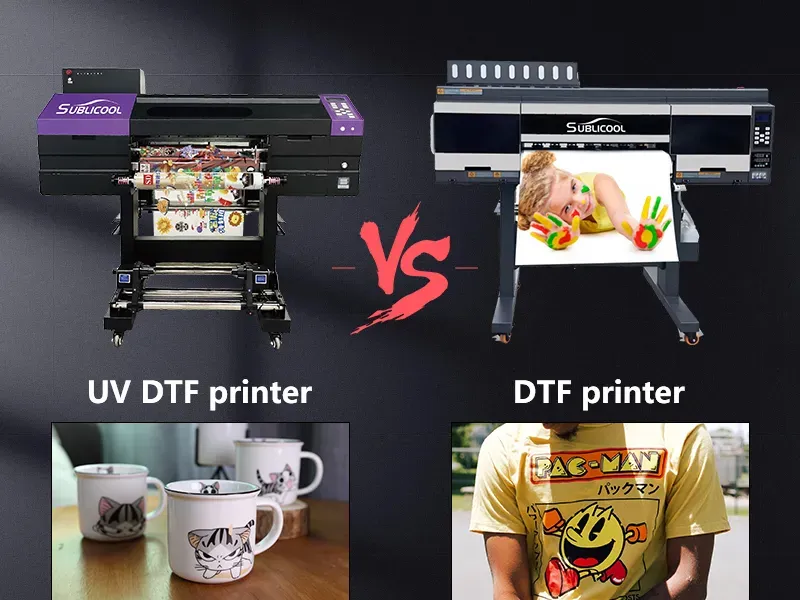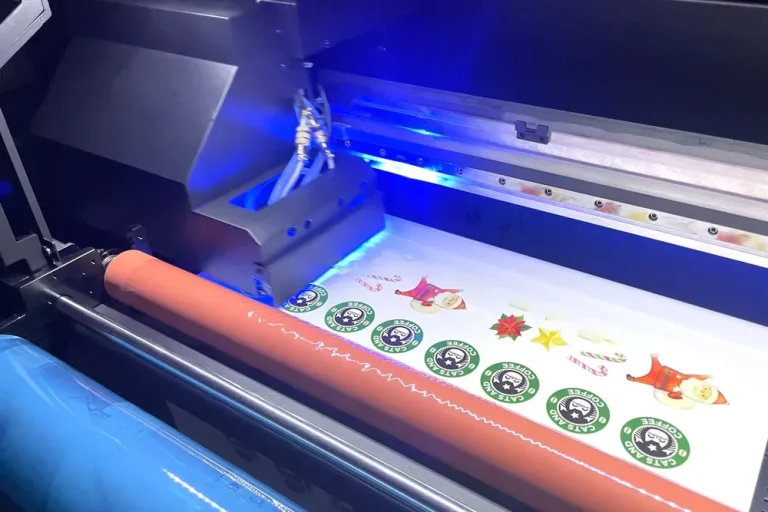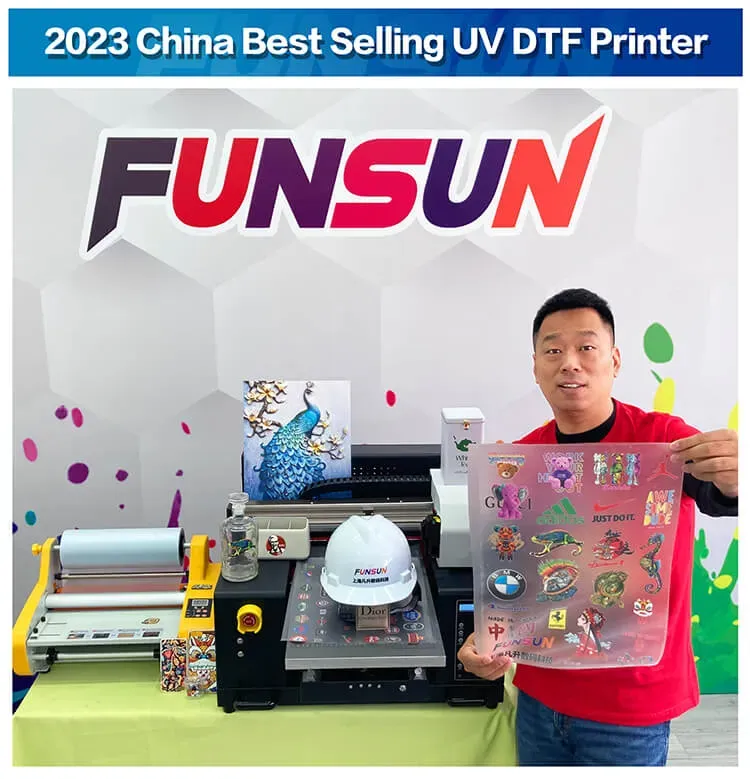UV DTF vs. Traditional Printing: Choosing the Best Method
In the realm of printing solutions, the debate surrounding UV DTF vs. traditional printing has captured the attention of many business owners seeking optimal results for their projects. UV DTF (Ultraviolet Direct-to-Film) printing offers a modern twist on conventional practices, providing a versatile and cost-effective printing option that can handle a variety of substrates with remarkable quality. By utilizing advanced technology, UV DTF not only enhances print quality but also minimizes production time, making it an attractive choice for projects demanding quick turnarounds. In contrast, traditional printing methods, while tried and true, cater to specific needs where established techniques excel, especially in large volume orders. This article explores the intricacies of UV DTF vs. traditional printing, guiding you toward the ideal solution based on your unique requirements.
When comparing modern and conventional printing techniques, it’s essential to understand the distinctions between UV DTF and classic options like screen and offset printing. The contemporary UV DTF printing method utilizes ultraviolet light to cure inks, transforming it into an innovative solution for diverse printing needs. On the other hand, established methods continue to play a pivotal role in the industry, especially for businesses focused on bulk printing and consistent quality. This discussion will delve into the benefits and challenges inherent in both approaches, offering insights into how they align with varied applications. By evaluating these printing technology comparisons, you can make informed decisions that resonate with your brand’s vision.
Versatility of UV DTF Printing
UV DTF (Ultraviolet Direct-to-Film) printing has revolutionized the way businesses approach product customization. One of the standout benefits of this method is its versatility in printing on a wide range of materials—not just fabrics but also plastics, metals, and even wood. This flexibility is particularly advantageous for brands looking to diversify their product offerings, as it opens the door to innovative promotional items and unique merchandise that stand out in the market. The capability to print high-resolution images on almost any surface allows businesses to cater to specific consumer demands and market trends without the need for substantial overhaul in processes.
Furthermore, the application of UV DTF printing is not restricted to just promotional items. It is gaining traction across industries, from fashion to interior design, due to its ability to deliver complex graphics and vibrant colors that are not easily achievable with conventional printing techniques. The ability to adapt to various substrates enhances Brand Identity as products can be customized to reflect the brand’s ethos, thereby engaging consumers and pushing sales. As businesses continue to evolve and seek unique methods of connecting with customers, the versatility of UV DTF printing positions it as a top contender in the printing space.
Frequently Asked Questions
What are the key differences in print quality between UV DTF and traditional printing methods?
UV DTF printing is known for its vivid, high-quality prints with sharp details, making it suitable for intricate designs. In contrast, traditional printing methods, especially screen printing, also deliver high-quality results but excel in color saturation, particularly for larger quantities.
How do costs compare between UV DTF printing and traditional printing methods?
UV DTF printing may have higher upfront costs due to specialized equipment and inks, but it is cost-effective for smaller runs due to quick setup. Traditional printing methods, however, are more economical for bulk orders, which helps balance the initial setup costs.
Is UV DTF printing considered more environmentally friendly than traditional printing?
Yes, UV DTF printing often uses inks with reduced volatile organic compounds (VOCs), making it a more eco-friendly option compared to many traditional printing methods, which can rely on solvents that may have adverse environmental impacts.
Can UV DTF printing be used for a variety of materials compared to traditional printing?
Absolutely! UV DTF printing is versatile and can adhere to a wide range of substrates, including plastic, metal, wood, and fabric. Traditional printing methods may have limitations depending on ink compatibility with specific materials.
Are turnaround times different between UV DTF and traditional printing methods?
Yes, UV DTF printing allows for immediate curing of inks, resulting in significantly faster turnaround times. Traditional printing methods may involve longer production processes due to drying times and multiple setup steps.
Which printing method is recommended for custom jobs: UV DTF or traditional printing?
UV DTF printing is highly recommended for custom jobs due to its versatility and ability to produce high-quality finishes across various materials. Traditional printing is better suited for larger, consistent runs.
| Feature | UV DTF Printing | Traditional Printing |
|---|---|---|
| Versatility | High versatility with various materials | Limited by material compatibility |
| Durability | Exceptional durability with moisture resistance | Good durability but more variable |
| Turnaround Time | Quick turnaround due to immediate curing | Slower process, often requires longer setup time |
| Eco-friendliness | Lower VOCs, more environmentally friendly | Higher VOCs from traditional inks |
| Cost-effectiveness | Higher upfront costs, but cheaper for small runs | Lower costs for bulk orders, more economical |
Summary
When considering UV DTF vs. traditional printing, it is essential to evaluate their respective advantages and limitations tailored to your business needs. UV DTF printing is a modern, versatile solution that offers exceptional quality and durability across a wide range of substrates, making it an excellent choice for custom jobs and urgent orders. On the other hand, traditional printing methods, while tried-and-true, excel in cost-effectiveness for larger volumes and provide accurate color matching for branding. Ultimately, the decision hinges on the specific requirements of your project. As the printing industry evolves, understanding the nuances between UV DTF and traditional printing will empower you to make informed choices that elevate your business.







